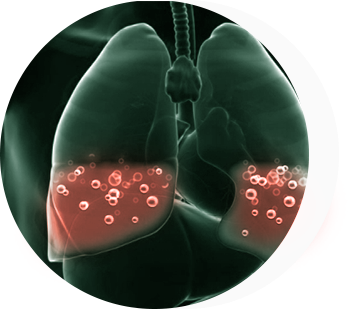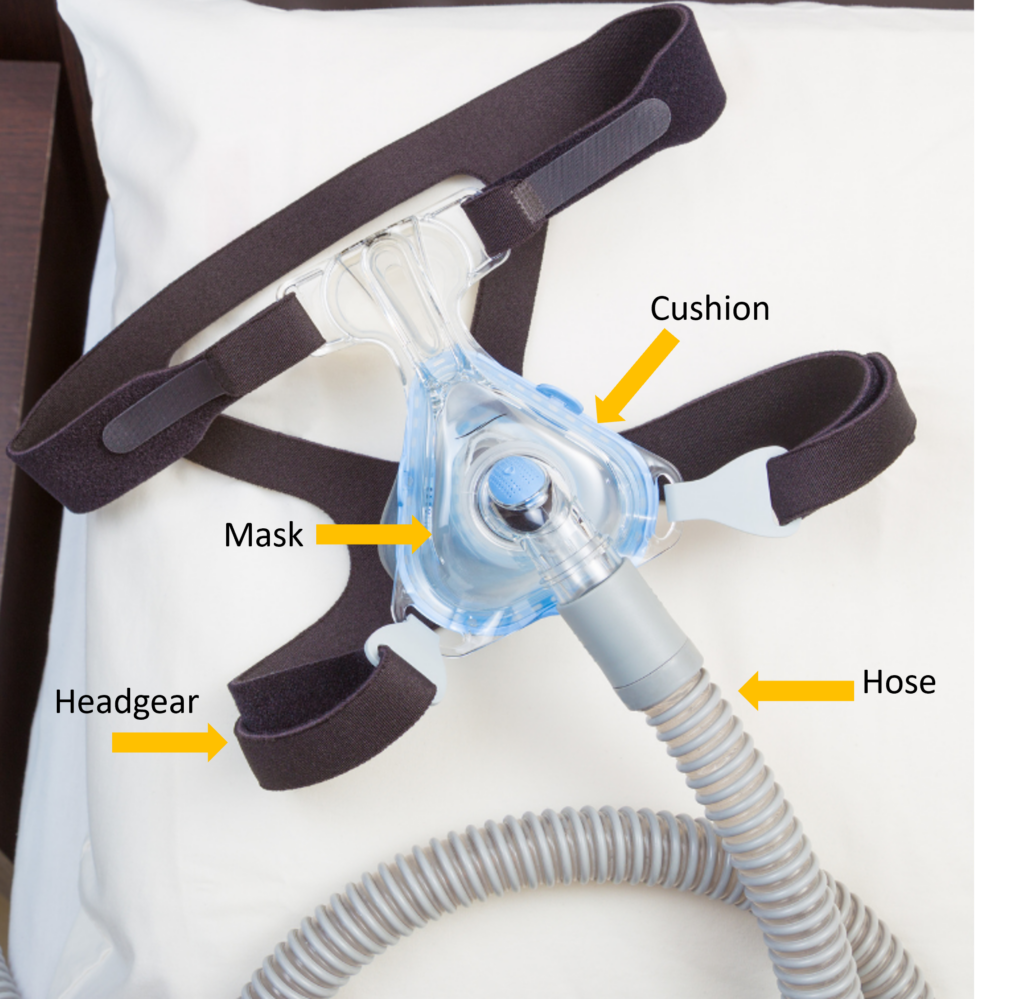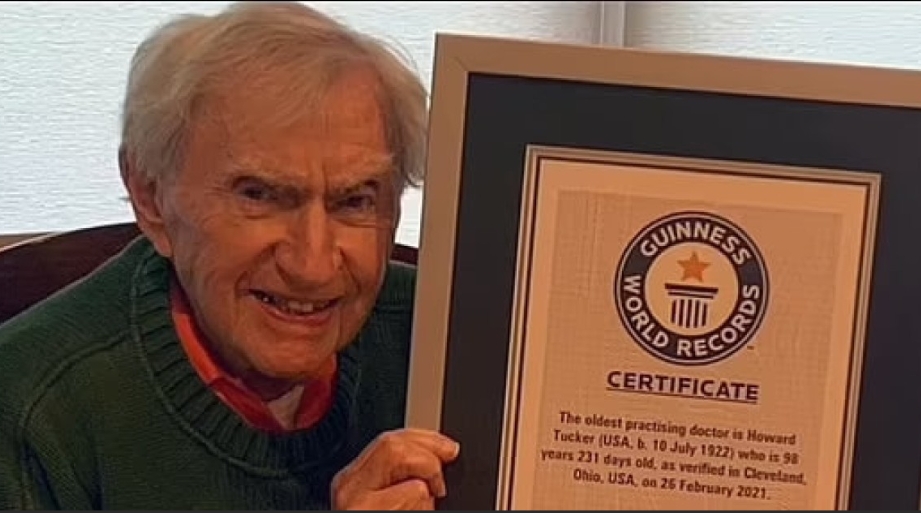👨🔬 Today I want to tell the story of a man who demonstrated the power of science, perseverance, and genuine curiosity through his own example. His discoveries didn’t just change medical practice — they saved thousands of lives and continue to do so today. This is the story of Dr. John Clements.
Dr. Clements began his career studying vastly different fields — chemical warfare agents and cardiovascular diseases. He was interested in aspects of medicine that directly impacted human life and sought to understand the body’s mechanisms at a deep level. However, it was a chance fascination with breathing processes that became a turning point in his life and career.

In 1956, John Clements made one of the most important discoveries in neonatology: he identified surfactant — a substance that prevents the lungs from collapsing during exhalation. This biochemical component, seemingly invisible and inconspicuous, plays a crucial role in enabling normal breathing. Its presence in the lungs maintains stable pressure and prevents alveolar collapse, which is especially important for newborns.
A key discovery followed soon after. In 1959, Clements showed that premature infants lacked surfactant. Without this substance, their lungs could not function properly, and mortality among preterm infants reached a staggering 90%. Confronted with this tragic statistic, Clements sought a solution that could change the outcome.
He proposed a fundamentally new approach to respiratory support — CPAP (Continuous Positive Airway Pressure). This method involves delivering a constant gentle airflow into the infant’s airways, keeping the lungs open and reducing the risk of alveolar collapse. CPAP became a revolutionary solution: its implementation in neonatal units significantly increased the survival chances of prematurely born infants.

However, Dr. Clements didn’t stop there. He went further by creating the first artificial surfactant — a treatment capable of replacing the missing substance in preterm infants. This medical breakthrough allowed children, who previously had almost no chance of survival, to breathe independently and develop without serious complications. As a result, the introduction of these methods reduced mortality from respiratory problems in newborns in the U.S. from 10,000 cases per year to fewer than 500.
John Clements’ story is not just about a scientific discovery. It is a story about how curiosity and the courage of a researcher can change the fate of entire generations. His life demonstrates several important lessons for each of us:
- Great discoveries are born where others don’t even ask questions. Clements did not limit himself to a plan or colleagues’ expectations. He allowed himself to seek answers to unexpected questions, and it produced results.
- Curiosity can change industries. Clements’ path shows that genuine interest and the desire to understand the world can lead to revolutionary changes in medicine and science.
- A step aside from the usual plan opens new opportunities. Often, the most significant discoveries come from unexpected research directions that could not have been predicted.
Dr. John Clements lived to be 101, leaving a legacy that continues to save lives worldwide. His story is a reminder that anyone can find their own “growth surfactant”: that unique contribution that makes the world a better place. The key is not to fear asking questions, experimenting, and going against established patterns.
💎 Ultimately, Clements’ story teaches us that science and curiosity are not just professions or hobbies. They are forces capable of changing lives, industries, and the fate of millions. Sometimes, a single chance interest is enough to open a door to a future that saves lives.
All content provided on this website (https://wildinwest.com/) -including attachments, links, or referenced materials — is for informative and entertainment purposes only and should not be considered as financial advice. Third-party materials remain the property of their respective owners.


